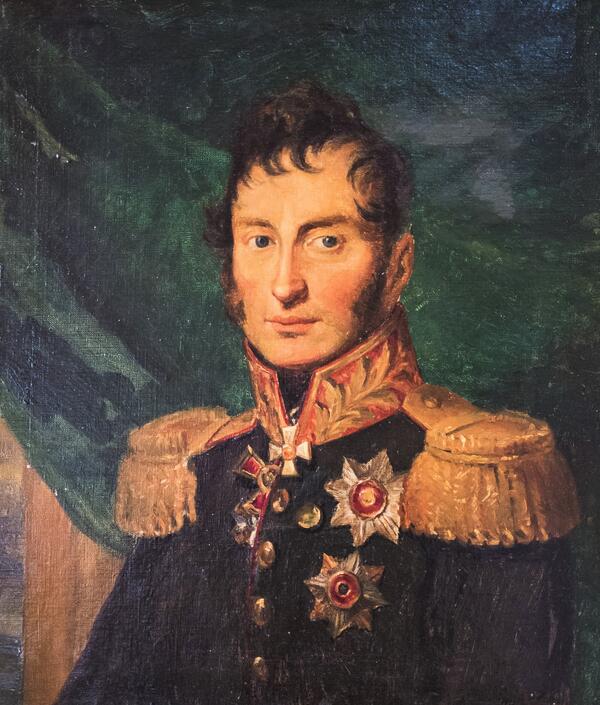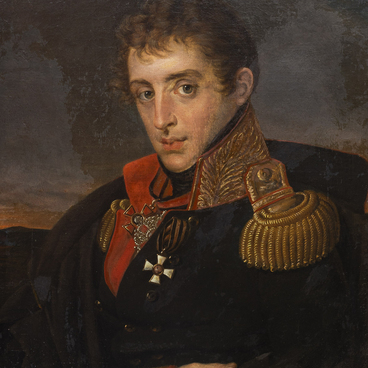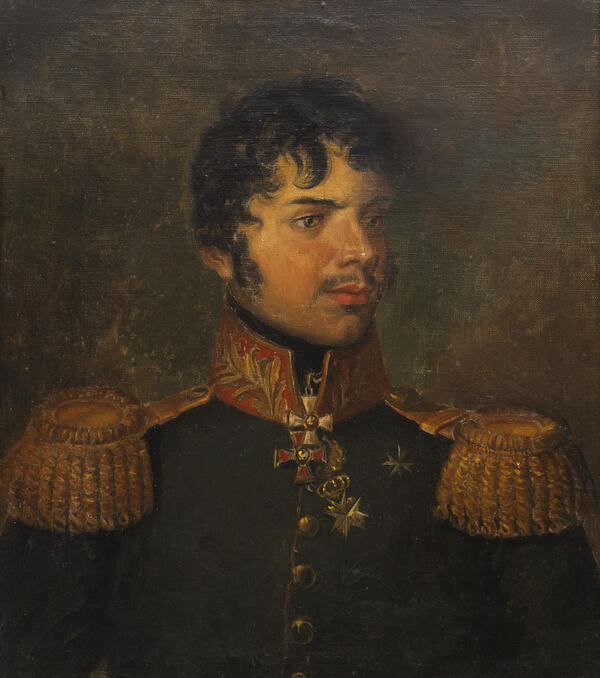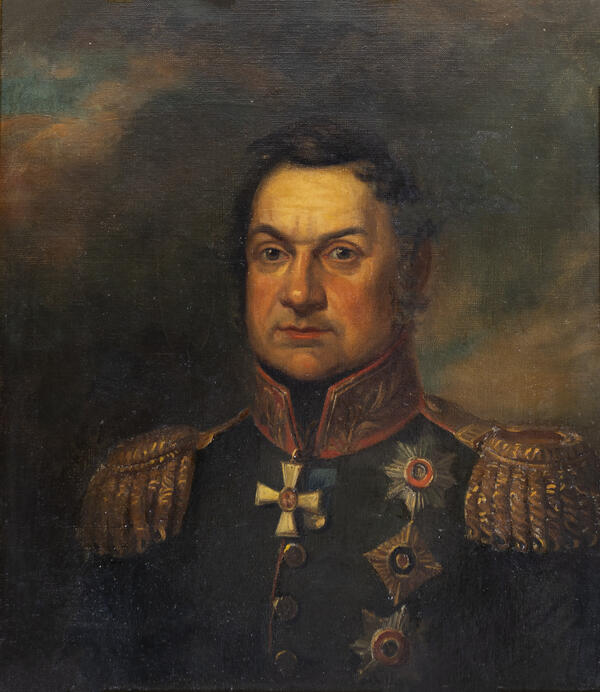Nikolay Alexeyevich Tuchkov came from an ancient noble family. In 1773, he was enrolled in the Engineering Corps as a conductor. Five years later, he began serving as an adjutant, and in 1783 — a second lieutenant of the Gunner’s Regiment.
Tuchkov participated in the Russo-Swedish War, after which he was transferred to the Murom Infantry Regiment. For his efforts in the Polish campaigns of 1792 and 1794, he was awarded the rank of colonel and the Order of St. George, 4th class, and was transferred to the Belozersk Infantry Regiment.
In 1797, Nikolay Tuchkov was promoted to major general and appointed chief of the Sevsky Musketeer Regiment. Two years later, he distinguished himself in the Swiss campaign and in the Battle of Zurich. After that, the commander was awarded the rank of lieutenant general.
In 1806, Tuchkov led the 5th Infantry Division. In 1807, for the Battle of Preussisch-Eylau, he was awarded the Order of St. George, 3rd class. In 1811, he was appointed Podolsk and Volyn military governor.
On the eve of the Patriotic War of 1812, Nikolay Tuchkov became commander of the 3rd Infantry Corps. He took part in the battles of Ostrovno, Smolensk, and Valutino. In the Battle of Borodino, he led the defense of the Utitsky Kurgan on the Old Smolensk Road. During a counterattack he was wounded by a bullet in the chest. The general was sent to Moscow, and later to Yaroslavl, where he died. Nikolay Tuchkov was buried in the Tolga Monastery.
Nikolay Tuchkov was one of the generals whose portraits were painted by the English artist George Dawe specifically for the Military Gallery of the Winter Palace. The artist depicted the Russian military commander in a general’s military uniform of the 1817 model. He wears the star of the Order of St. Alexander Nevsky, the star and badge of the Order of St. Vladimir, 2nd class, the badge of the Order of St. George, 3rd class, as well as the silver medal “In Memory of the Patriotic War” and the Prussian badge of the Order of the Red Eagle.
As for all other posthumous portraits, George Dawe “dressed up” the general in a new uniform, and also added a medal that Tuchkov could not have received before his death. The lost lifetime portrait by Giovanni Battista Damon Ortolani or an engraving made from it served as a reference for this portrait. The museum houses a reproduction made in the mid-20th century by Dmitri Vasilyevich Titov.





